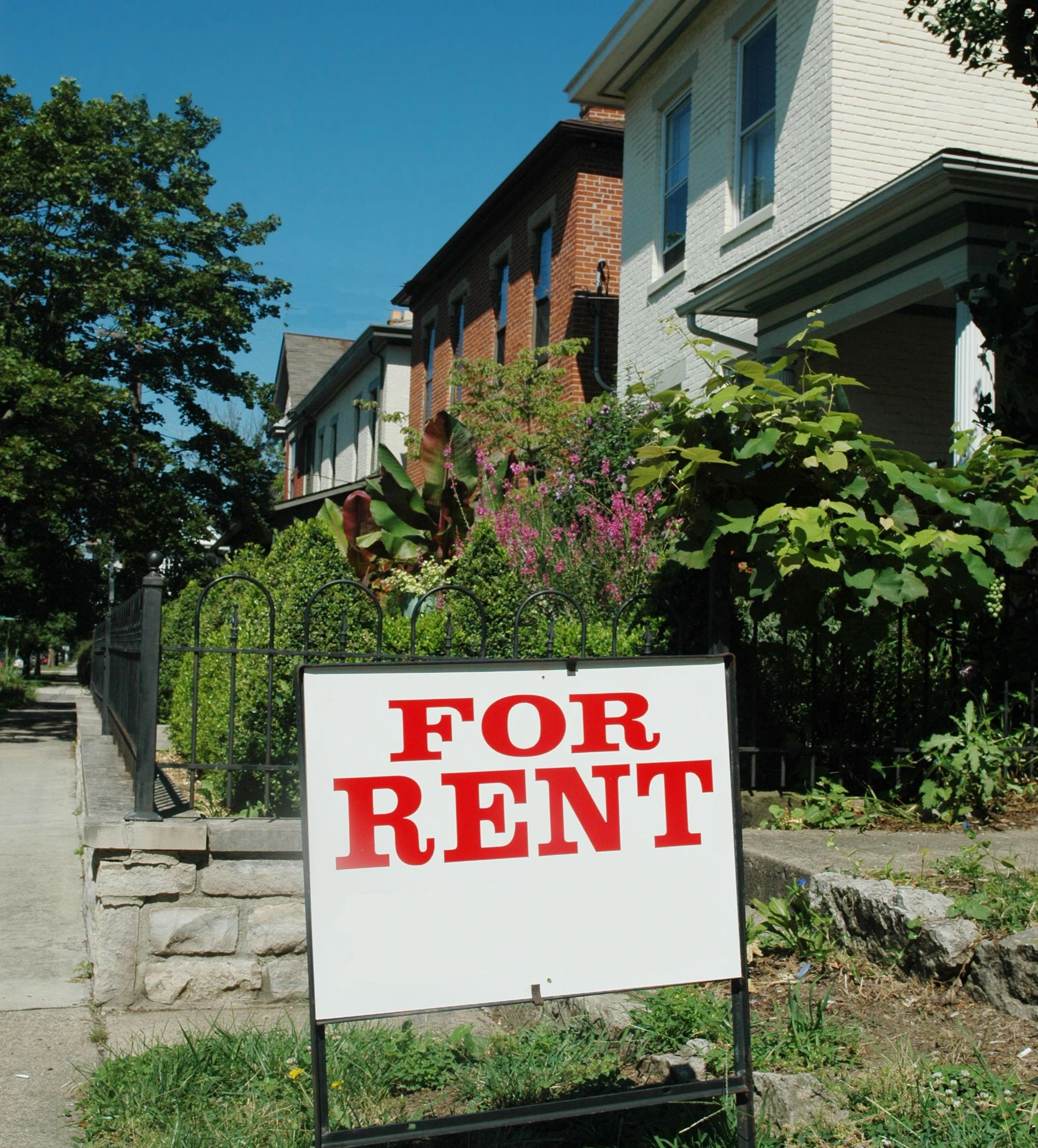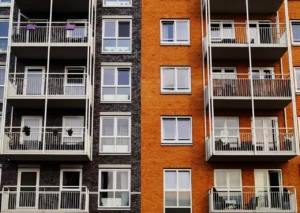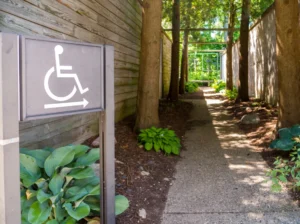Rental housing demand is undergoing a geographic split

Rental Demand Drives Shift in Multifamily Lease-Up Strategies
Key Takeaways
- It’s now twice as expensive to own than rent in many markets, pushing even high-income households to remain renters in core metros.
- Developers are adjusting lease-up plans based on local market dynamics, with some Sun Belt regions moving from oversupply to stabilization.
- While immigrants are vital to construction labor, they aren’t driving lease-up demand for Class A multifamily.
- Institutional capital continues flowing into BTR communities in both urban and suburban areas, targeting demographic sweet spots.
A New Lease on Leasing
Rental housing demand is undergoing a geographic split, per Globe St.
According to John Burns Research and Consulting, the divide between renting and owning is intensifying—making renting the default for many, even in high-income brackets. At a recent summit, experts pointed out that developers are being forced to adopt hyper-local strategies as lease-up dynamics diverge by metro and submarket.
“It’s about twice as expensive to own a home as to rent right now,” said Chris Nebenzahl, VP of Rental Research at John Burns. That cost disparity is sustaining rental demand in urban cores despite flat or negative rent growth, especially as high mortgage rates keep ownership out of reach.
The New Map of Demand
Zach Nyberg, VP of Consulting, highlighted how markets like Tampa, Southwest Florida, Raleigh, and Charlotte saw pandemic-era supply booms now giving way to stabilized absorption—often supported by concessions. In some submarkets, such as Wesley Chapel near Tampa, up to eight lease-ups occurred simultaneously during the boom. Today, those same areas are adjusting with deeper discounting as supply rebalances.
For entry-level buyers, affordability now lies in the outer edges of metro areas. But with longer commutes and fewer amenities, many opt instead for rentals in exurban BTR communities, while affluent renters stay put in centrally located Class A multifamily units.
Free Rental Application
Get 20 Rental Forms for FREE, including a rental application.
The Labor Supply Bottleneck
While immigration may not drive demand for luxury or institutional-grade apartments, it’s a crucial piece of the development pipeline. “Immigrants are a very important part of the rental world,” Nebenzahl noted, but their impact is more pronounced in construction labor. A potential slowdown in immigration could constrain project delivery and dampen the momentum of future development cycles.
Capital Stays Selective
With lease-up risks rising, institutional investors are favoring smaller, denser units and BTR product in high-demand areas. Yet even in the suburbs, there’s a limit to what renters will pay. Developers are walking a fine line: build enough to meet demand, but don’t overprice the product.
Still, the fundamentals remain strong. Rent-to-income ratios are more favorable than pre-pandemic, largely thanks to wage growth outpacing rents. While national averages mask regional variation, many markets are well-positioned for stabilization and potential growth by 2026–2027.
What’s Next
As the market adjusts, one thing is clear: rentals are filling a critical housing gap for both necessity- and choice-driven tenants. “The rental market…is filling a needed void right now,” said Nebenzahl. “We need continued development, continued building—to allow renters to live where they want.”
The takeaway for developers? Lean in on local data, monitor labor supply, and keep flexibility in lease-up strategies. The next growth cycle won’t look like the last.
Source: CRE Daily













 Accessibility
Accessibility